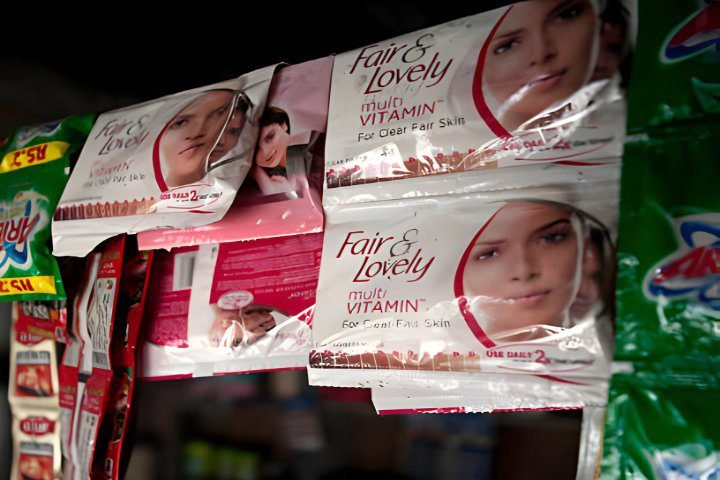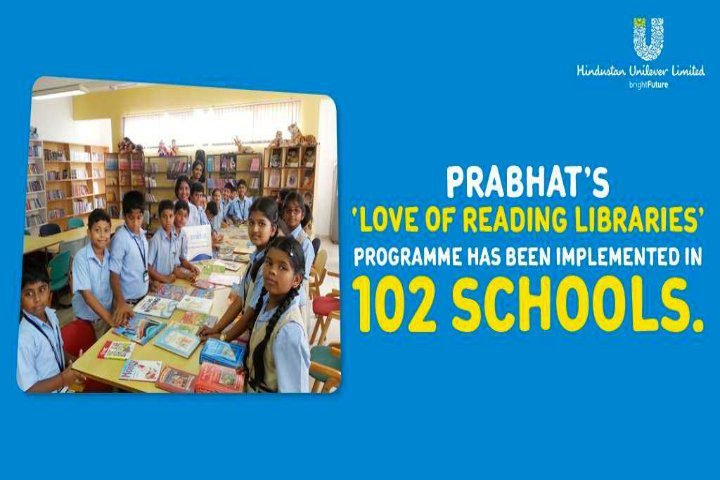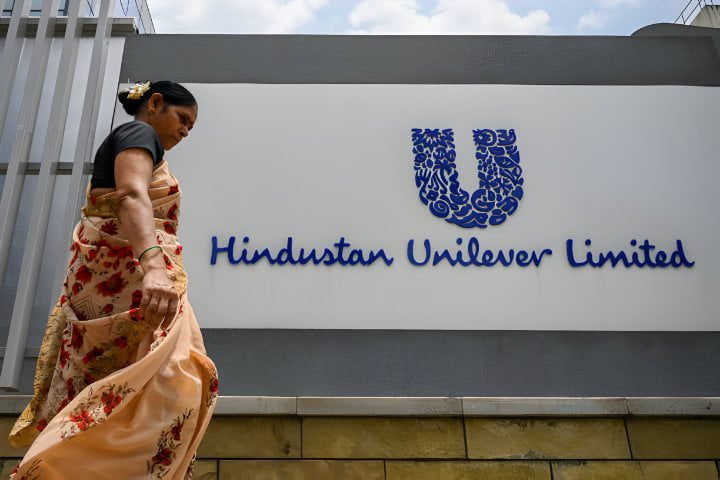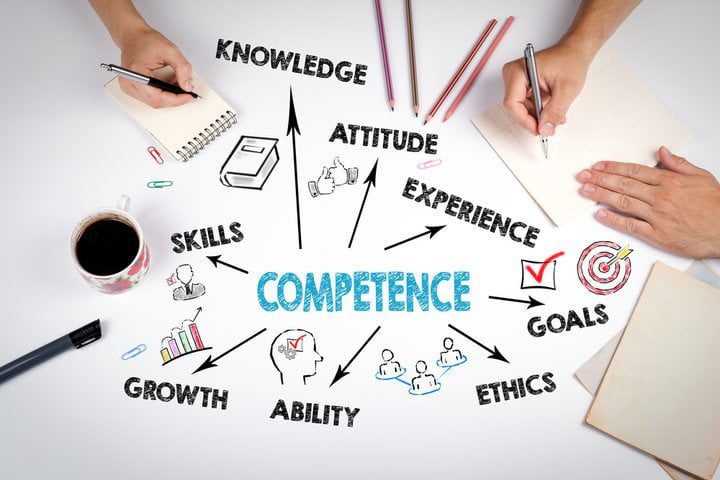PR Case Studies India Hindustan Unilever Limited
As of 2024, India has the largest population and the fifth-largest economy in the world. It translates into an enormous
opportunity to encash for marketers across the globe. One such multinational that has nearly become a homegrown brand is Hindustan Unilever Limited (HUL), which began as a subsidiary of the multinational FMCG giant Unilever.
In This Article
No business operates in isolation in the modern world. Their values and social outreach, in addition to their products, make them a significant part of our daily lives.
In India, HUL has led the way in fusing corporate goals with social responsibility. Its creative methods for interacting with a wide range of customers, particularly in remote areas, have raised the bar for PR and corporate social responsibility (CSR) tactics.
The HUL primarily operates in five segments:
- Soaps and detergents
- Personal products
- Beverages, foods and ice creams
- Exports
- Other operations
HUL’s strategic PR initiatives have contributed to the company’s goals for social responsibility, sustainable growth, and brand development. Project Bharat, Project Shakti, Lifebuoy Swasthya Chetna, Project Sunlight, and Project Prabhat are five of HUL’s innovative projects in India that are examined in this case study to determine their impact and the lessons they can teach public relations professionals.
HUL Project Bharat
Project Bharat, an innovative initiative by HUL (previously HLL) to reach out to customers directly, was introduced in 1998–1999 and was intended to penetrate rural markets.


Through Project Bharat, HUL had provided coverage to 2.3 million households by the end of 2009. As part of the project, families received a box with basic HUL products like toothpaste, talc, shampoo, and skin cream, along with educational materials. This direct marketing approach was groundbreaking in a number of ways.
- Breaking Down Barriers: HUL helped rural consumers try new products by providing free product samples, which helped them accept the brand.
- Educational Outreach: By providing consumers with information on both the products and recommended hygiene practices, the instructional literature added a social value to the initiative.
- Brand Penetration and Loyalty: Through this direct interaction, HUL was able to establish a strong rapport with rural consumers and promote brand loyalty in addition to introducing its products.
Through Self-Help Groups (SHGs), HUL gave villagers the opportunity to work for themselves. The SHGs functioned as direct-to-home distributors, enabling groups of 15–20 impoverished villagers to apply for bank microcredit.
The villagers could purchase goods from HUL and resell them to customers with this money, making money and creating jobs for themselves. This action also expanded the company’s product reach.
Additionally, this allowed HUL to grow faster than the industry. HUL’s rural growth in the shampoo market was 15–16 percent, compared to the urban growth rate of only 4-5 percent. Similar to this, the skincare market saw only 7-8 percent growth in urban areas compared to 14 percent growth in rural areas.
Project Bharat’s success provided important insights into overcoming market entry barriers and establishing brand presence by demonstrating the effectiveness of direct consumer engagement and educational marketing in rural areas.
HUL Project Shakti

Project Shakti was a unique CSR and marketing campaign that HUL launched in 2001 with the goal of empowering rural women and broadening its customer base. As part of this project, HUL partnered with self-help groups to provide women with the opportunity to distribute their products in their local communities. Some of Project Shakti’s main features and effects are:
- Entrepreneurial Empowerment: Project Shakti gave women chances to earn money, which improved their standing in their communities and gave them financial independence.
- Increased Market Reach: By implementing this programme, HUL was able to reach previously unreachable remote rural markets, expanding its customer base.
- Sustainable Business Model: Project Shakti created a win-win situation where rural women found sustainable employment while HUL benefited from the increased distribution and sales of its products.
Project Shakti is a prime example of how corporate objectives can be effectively combined with social empowerment.
HUL Lifebuoy Swasthya Chetna

Another initiative by HLL, called “Lifebuoy Swasthya Chetna,” was introduced in 2002. Its goal is to raise awareness about hygiene and good health among 5 crore people living in 15,000 villages across ten states.
Hindustan Unilever Limited launched Lifebuoy Swasthya Chetna, an inventive fusion of corporate social responsibility and public relations that aims to raise health and hygiene awareness in rural India. This programme effectively educates the public about the value of handwashing with soap to prevent disease by leveraging the company’s well-known Lifebuoy brand, which is associated with health and hygiene. This campaign’s strategic genius resides in its dual goals of enhancing public health and establishing Lifebuoy as a brand that genuinely cares about the wellbeing of its customers.
- Developing Brand Trust: By linking Lifebuoy to health and hygiene education, HUL was able to develop a degree of trust between their brand and consumers that goes beyond what is usually seen in consumer-brand relationships. In the fast-moving consumer goods (FMCG) industry, trust is crucial, and Lifebuoy Swasthya Chetna has done a great job of establishing the brand’s credibility.
- Engaging Storytelling: The use of storytelling through street plays and interactive sessions made the educational content relatable and memorable, leading to higher engagement rates. This method emphasises how crucial it is to create engaging stories for PR campaigns, especially when spreading important health messages.
- Utilising Community Engagement: HUL made sure the campaign was sensitive to cultural differences and pertinent to the local community by involving community leaders and schools. This grassroots strategy, which not only allowed for a wider reach but also encouraged community ownership of health practices, increased the campaign’s impact.
HUL Project Sunlight

The 2010 launch of “Project Sunlight” aims to encourage people to consider the possibilities of a world where everyone lives well and within the planet’s natural limits, with the ultimate goal of making sustainable living desirable.
Project Sunlight is a particularly noteworthy illustration of HUL’s creative approach to incorporating sustainability into its public relations tactics. Project Sunlight was started with the intention of promoting sustainable living habits. It accomplishes a number of goals, such as highlighting HUL’s dedication to sustainability, influencing consumer behaviour, and establishing HUL as a progressive, ecologically conscious business.
- Motivating Positive Change: HUL skillfully employs emotional engagement and empowerment as essential PR tools by emphasising motivational tales and doable steps individuals can take to live more sustainably. This strategy inspires action as well as awareness-raising, which is an essential component of effective public relations campaigns.
- Brand Differentiation: Project Sunlight helps set HUL apart from its rivals by exhibiting concrete, significant sustainability initiatives in a market that is becoming more and more saturated with sustainability claims. Making this distinction is essential to developing a powerful, favourable brand image.
- Multi-Platform Engagement: Project Sunlight reaches and impacts consumers where they are by utilising a combination of digital platforms, social media, and in-person events. This multi-platform approach demonstrates contemporary, successful PR techniques that recognise the value of engaging the public in their preferred spaces.
HUL Project Prabhat

“Project Prabhat” aimed to uplift rural communities by providing sustainable solutions and empowering individuals through entrepreneurship and education. Project Prabhat was created as a multi-pronged strategy to address socioeconomic issues and promote sustainable development in rural India.


The key components of the strategy included:
- Community Engagement: In order to better understand the needs and goals of rural communities, HUL actively engages with them. This required carrying out in-depth research and holding discussion sessions in order to jointly develop solutions suited to regional needs.
- Skill Development: Recognising the importance of education and skill development, Project Prabhat focused on empowering individuals with vocational training and entrepreneurship opportunities. This included initiatives such as setting up skill development centres and providing access to resources for microentrepreneurs.
- Market Access: HUL facilitated market access for rural producers by integrating them into its supply chain. Through partnerships and collaborations, local artisans and farmers gained access to larger markets, increasing their earning potential and economic stability.
- Sustainable Practices: Environmental sustainability was at the core of Project Prabhat. HUL implemented eco-friendly practices throughout its operations, promoting responsible consumption and production while minimising its carbon footprint.
To implement Project Prabhat, HUL collaborated with local authorities, NGOs, and other stakeholders to ensure effective implementation and maximise impact. As a result, thousands of individuals in rural India have been trained and empowered to become self-reliant entrepreneurs, leading to increased household incomes and economic stability.
Conclusions
HUL has demonstrated that CSR initiatives, when thoughtfully integrated with business strategies, can create synergies that benefit both the company and society. Initiatives such as Shakti and Bharat highlight the potential of corporate social responsibility (CSR) to expand market reach and foster brand loyalty, demonstrating that doing good may be profitable.
HUL has demonstrated via programmes like Project Bharat and Lifebuoy Swasthya Chetna that educational marketing can be an effective strategy to remove obstacles to product adoption, particularly in rural areas where access and awareness are limited. Businesses can build trust and enduring relationships with customers by fusing product promotion with informative content.




